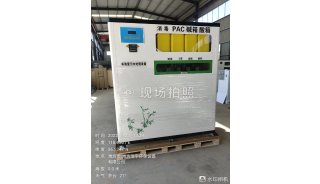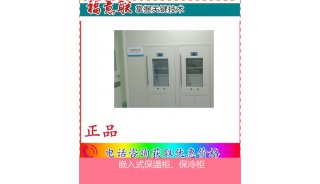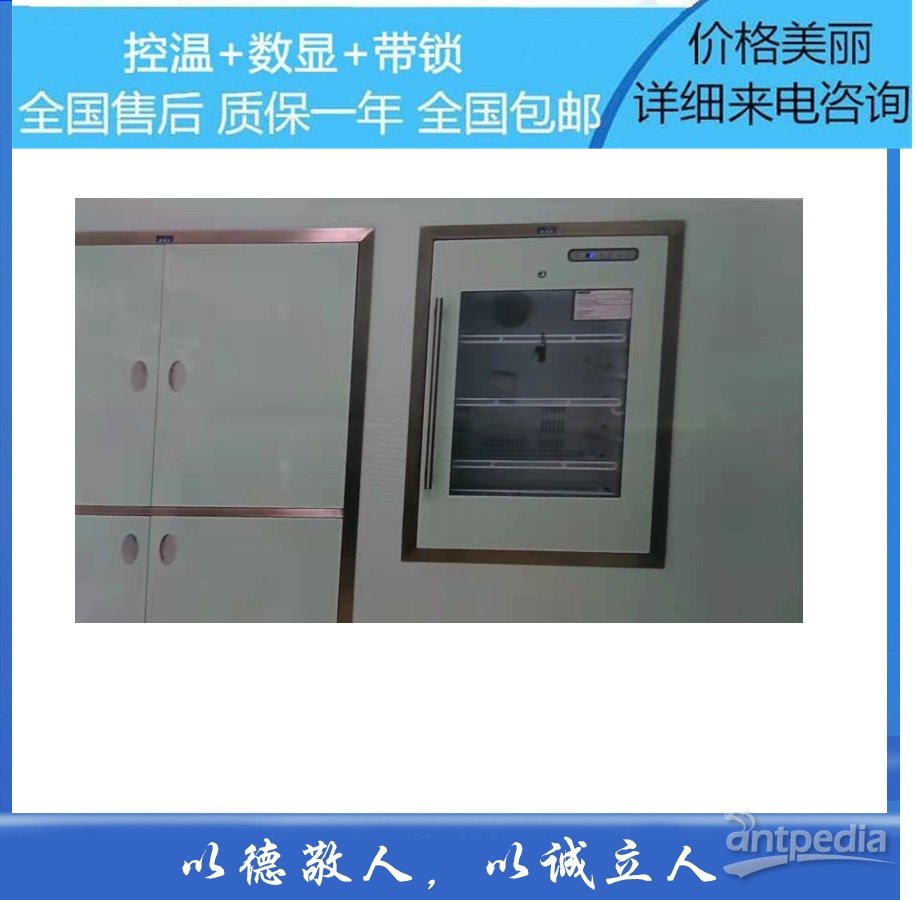DNA疫苗实验方法
For direct gene transfer of tibialis anterior (TA) muscle in mice:
It is optimal to use 6-8 week old mice (weight 19-21 gm). Females give better immune responses for the hepatitis B surface antigen, and this might be true for some other antigens. The choice of mouse strain will also depend on the antigen.
Mice should be anaesthetized since awake mice will contract their muscles and squeeze the DNA solution out. We use either:
- sodium pentobarbital anesthesia (75 mg/kg IP).
- halothane inhaled anesthetic (e.g. Metofane from Pittman-Moore).
After the mice are asleep, the hindlimbs are shaved to better reveal the tibial bone and the access to the TA muscle. Shaving of the limbs allows much greater precision and thus reproducibility for the actual injection step.
In preparation for the intramuscular injection, DNA is dissolved in endotoxin-free injectable PBS (NOT TRIS-EDTA) and is best at 0.1 - 2 mg/ml (depending on how immunogenic your protein is and how rapid a response you want). See "Plasmid DNA Preparation" protocols for detailed information.
Each TA muscle is injected with 50 µl of DNA solution.
To inject plasmid DNA use a 27GX3/4" (0.4x20mm) needle attached to a 1 ml tuberculin syringe. A piece of polyethylene tubing (PE 20, ID=0.38 mm) should be fit over the needle such that only 2-3 mm of needle protrudes (basically just the beveled portion should protrude). Fill the syringe with the DNA solution, attach the needle and then slowly fill the needle so that no air bubbles are trapped. The problem of dead volume is simplified using an insulin syringe (see below).
Alternatively, use a U-100 insulin syringe (1 cc or 3/10 cc) which comes with a pre-attached 29G1/2 needle. Polyethylene tubing is used in the same way as described above.
Inject through the skin - the tip of the needle should be about 3 mm lateral to the anterior tibial tuberosity (this is about half way between the knee and the ankle), keeping the needle almost perpendicular to the tibia. Once the needle is in place (push in until the end of the PE tubing rests against the skin with a bit of pressure), inject the 50 µl slowly (over approximately 10 sec), hold the needle in place for another 5-10 sec, then remove the needle slowly. If you accidentally pull the needle out before injection, try to reinsert it in the same hole, otherwise you will experience leakage.
It is a good idea to practice injections with Indian ink or some other colored substance to make sure you inject the TA and only the TA - a good injection will not color any muscles other then the TA.
Variations
There is less variability of results if the DNA is injected in 25% (w/v) sucrose (this is not true for cardiotoxin pretreated muscle).
For higher efficiency of gene transfer, the DNA can be injected into regenerating muscle (see "Cardiotoxin Injection" protocol). This is accomplished by first inducing a single cycle of myofiber degeneration and regeneration by intramuscular injection of cardiotoxin (100 µl of 10 µM in PBS, pH 7.4). We use a cardiotoxin purified from the venom of the Naja nigricollis snake (Latoxan, Rosans, France). The DNA can be injected 5 to 9 days later (optimal time seems to be 5 d). If you are injecting DNA into regenerating muscle, DO NOT use sucrose as the muscle fibers are too fragile for this much osmotic pressure.
--------------------------------------------------------------------------------
References
Davis, H.L., Michel, M.-L. & Whalen, R.G. (1993) DNA-based immunization for hepatitis B induces continuous secretion of antigen and high levels of circulating antibody. Human Molecular Genetics 2: 1847-1851.
Davis, H.L., Whalen, R.G. & Demeneix, B.A. (1993) Direct gene transfer into skeletal muscle in vivo: factors affecting efficiency of transfer and stability of expression. Human Gene Therapy 4: 151-159.
Davis, H.L., Demeneix, B.A., Quantin, B., Coulombe, J. & Whalen, R.G. (1993) Plasmid DNA is superior to viral vectors for direct gene transfer in adult mouse skeletal muscle. Human Gene Therapy 4: 733-740.
Davis, H.L., Michel, M.-L., Mancini, M., Schleef, M. & Whalen, R.G. (1994) Direct gene transfer in skeletal muscle: plasmid DNA-based immunization against the hepatitis B virus surface antigen. Vaccine 12: 1503-1509.
--------------------------------------------------------------------------------
Protocol for Pretreatment of Mammalian Skeletal Muscle with Cardiotoxin
[See references below]
CARDIOTOXIN
For induction of muscle degeneration and regeneration by intramuscular injection
SOURCE:
Latoxan*
A.P. 1724
F-05150 Rosans, FRANCE
Tel: +(33)-4.92.66.60.64
Fax: +(33)-4.92.66.63.40
"Cardiotoxin purified from venom of Naja nigricollis", Catalog Ref No. L8102
1 mg: 620 FF + 26% VAT plus Shipping & Handling
5 mg: 2480 FF + 26% VAT plus Shipping & Handling
* Latoxan is used to delivering abroad, and they will ship by express courier if desired. Alternatively, cardiotoxin from Sigma has been reported to work.
--------------------------------------------------------------------------------
PROTOCOL
1. Dilute stock to 10-5 M (=10 µM )
Cardiotoxin: MW 6800 (1 mg = 1.47 x 10-7 moles)
start with 1 mg of lyophilized powder (one vial)
dissolve in 14.7 ml sterile saline (0.9% NaCl)
filter to sterilize if desired
aliquot into eppendorf tubes and store at -20 degrees Centrigrade
2. Inject into the Tibialis anterior muscle of >20 g mouse as follows: 100 µl of 10 µM solution per leg (or 50-75 µl for 15-20 gm mouse). Using 27g needle with collar to limit penetration to 2 mm, inject via anterior surface of muscle.
3. Injection of DNA is optimal five days later (but is still okay up to nine days later). Inject in same manner, 50 µl per muscle. For DNA immunization, we inject DNA at 1 mg/ml in PBS.
--------------------------------------------------------------------------------
REFERENCE:
Davis, H.L., Demeneix, B.A., Quantin, B., Coulombe, J. & Whalen, R.G. (1993) Plasmid DNA is superior to viral vectors for direct gene transfer in adult mouse skeletal muscle. Human Gene Therapy 4: 733-740.
--------------------------------------------------------------------------------
SEE ALSO:
d'Albis, A., Couteaux, R., Janmot, C., Roulet, A. & Mira, J.C. (1988) Regeneration after cardiotoxin injury of innervated and denervated slow and fast muscles of mammals. Eur J Biochem 174: 103-110.
Whalen, R.G., Harris, J.B., Butler-Browne, G.S. & Sesodia, S. (1990) Expression of myosin isoforms during notexin-induced regeneration of rat soleus muscles. Dev Biol 141: 24-40.
--------------------------------------------------------------------------------
Preparation of Plasmid DNA by Anion Exchange Chromatography for Intramuscular Injection
REAGENTS:
Qiagen anion exchange columns
1X PBS: sterile and endotoxin free from Sigma (Ref. D-5527).
100X TE: sterile and endotoxin free from Sigma. (Ref. T-9285)
GENERAL COMMENTS:
Use LB media and not "Terrific Broth";
Use recommended bacterial strains (e.g., DH5a)
Do not overload the Qiagen column (e.g., the material from 500 ml of LB-grown culture goes onto one Mega column);
Use the buffers provided by Qiagen in the kit.
--------------------------------------------------------------------------------
PROTOCOL
1. DNA is eluted from a Qiagen column (the procedure is carried out following precisely the Qiagen protocol AND using the buffers provided by Qiagen). After isopropanol precipitation, the ethanol wash, and vacuum drying, the DNA is taken up in standard 1X TE (Sigma) This is conveniently left overnight to redissolve, although it will dissolve more rapidly if needed.
1bis. DNA from a CsCl gradient is extensively dialyzed versus 1X TE.
(N.B. Qiagen-prepared DNA is essentially as good as DNA prepared by two rounds of CsCl gradients.)
2. Add NaCl to the DNA-TE solution to a final concentration of 0.1 M.
3. Then add 2 volumes of absolute ethanol. Precipitate at -20 degrees Centrigrade for 30 minutes and recover pellet by centrifugation.
4. Wash once with 70% ethanol in water (no EDTA) and recover by centrifugation.
4bis. If the DNA is to be sent to someone, send it in as the EtOH precipitate under the 70% EtOH solution.
5. Dry the pellet, and resuspend it in 1X sterile PBS (Sigma). From the size of the Qiagen column used, one can estimate the amount to DNA to be recovered and add the PBS to obtain a solution of about 1.5 to 2.0 mg/ml. At this point, it is best to leave DNA-PBS overnight at 4 degrees Centrigrade to dissolve. It is also very helpful to have the precipitate in a round bottom 15 ml to increase contact between dried DNA and PBS. If necessary, DNA-PBS can be warmed at 37 degrees Centrigrade to speed up dissolution.
6. Read OD 260 and 280; the 260/280 ratio should be > 1.7 for a good DNA prep. Dilute the DNA to 1 mg/ml (or appropriate concentration). If necessary, store at -20 degrees Centrigrade or colder.
7. DNA is now ready for injection.




















